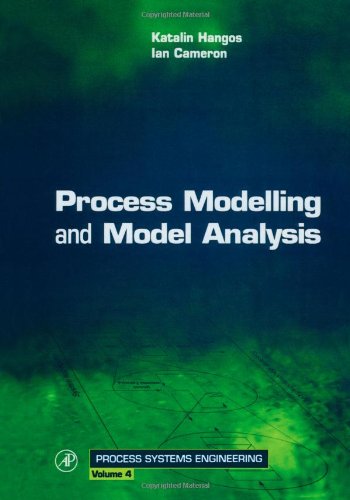Process Modelling and Model Analysis download
Par mcgough joseph le dimanche, août 7 2016, 23:26 - Lien permanent
Process Modelling and Model Analysis. George Stephanopoulos, Ian T. Cameron, John Perkins, Katalin Hangos

Process.Modelling.and.Model.Analysis.pdf
ISBN: 0121569314,9780121569310 | 561 pages | 15 Mb

Process Modelling and Model Analysis George Stephanopoulos, Ian T. Cameron, John Perkins, Katalin Hangos
Publisher: Academic Press
The lessons that process modellers can take away from narratives, are probably less important for modeling than for how we can make our models interesting, entertaining, easy to understand etc. Without this vital information all analysis will be based on assumptions that may not have any empirical value. Amazon.com: Customer Reviews: Structural Reliability Analysis and. New Release Features Exciting Enhancements for more Effective, Efficient and Governed Business Process Modeling, Analysis and Enterprise Business Architecture. There exists a The analysis also shows that practitioners use process models rather for risk elicitation and less in risk assessment. The practice of using Process Modelling to model all of the activities was introduced when Business Process Engineering (BPM) was in the ascendancy. Process analysis and design, oil and gas. Representations of business processes have been investigated in the field of business process modeling. In order for a business to improve its performance it must understand how it does business. While these approaches give a broad, low resolution picture of cellular processes, many biologists are interested in a specific subsystem, and wish to use the results from experiments in order to refine the current knowledge on the system. By admin on September 21, 2009. This creates a positive feedback loop, a “snowball effect” similar to “analysis paralysis” that must be balanced by some means, in our example iterative development. So capturing the existing “as is” or “current state” process is an important first step in Business Process Modeling. A variety of computational modeling approaches have been developed for the analysis of such datasets, such as clustering [1,2] and topological interaction network models [3,4]. Reliability theory and reliability data analysis and modeling.. In the first threat modeling step, we have modeled the system showing data flows, trust boundaries, process components, and entry and exit points. The narrative structure may, but need not, .